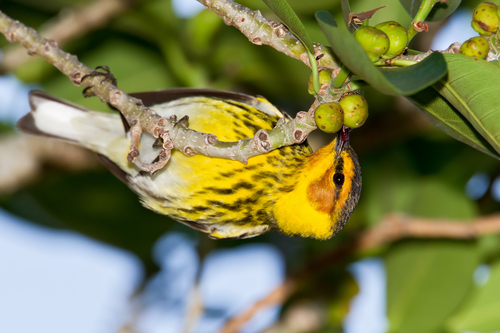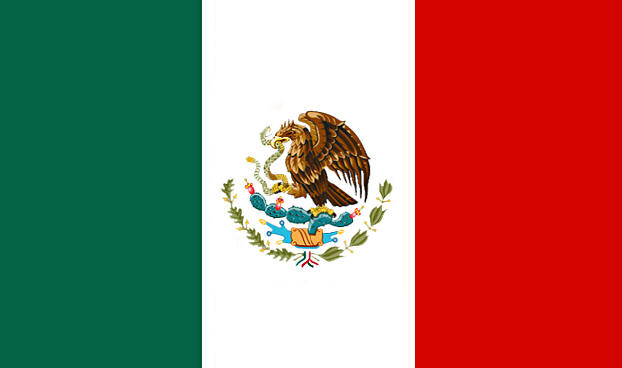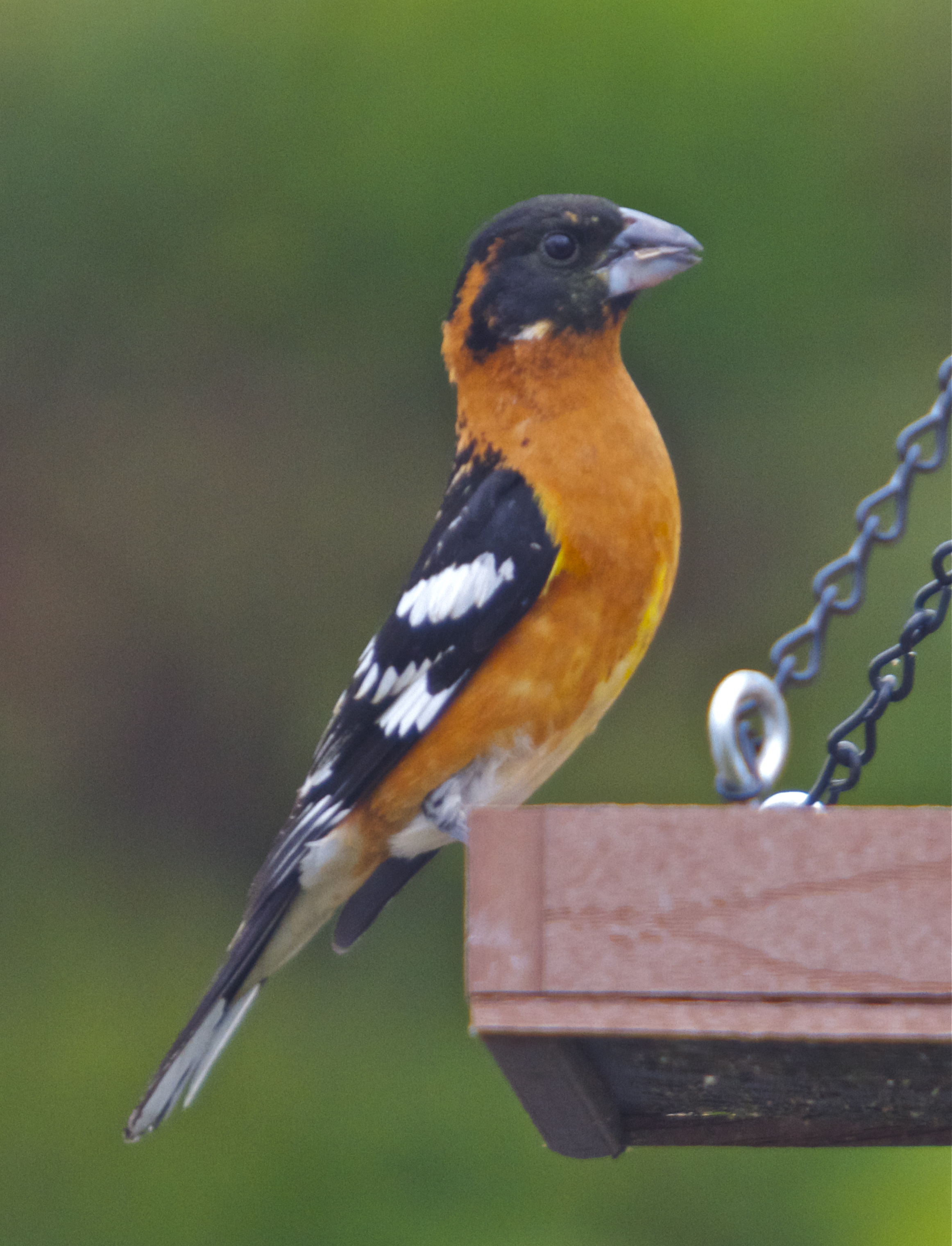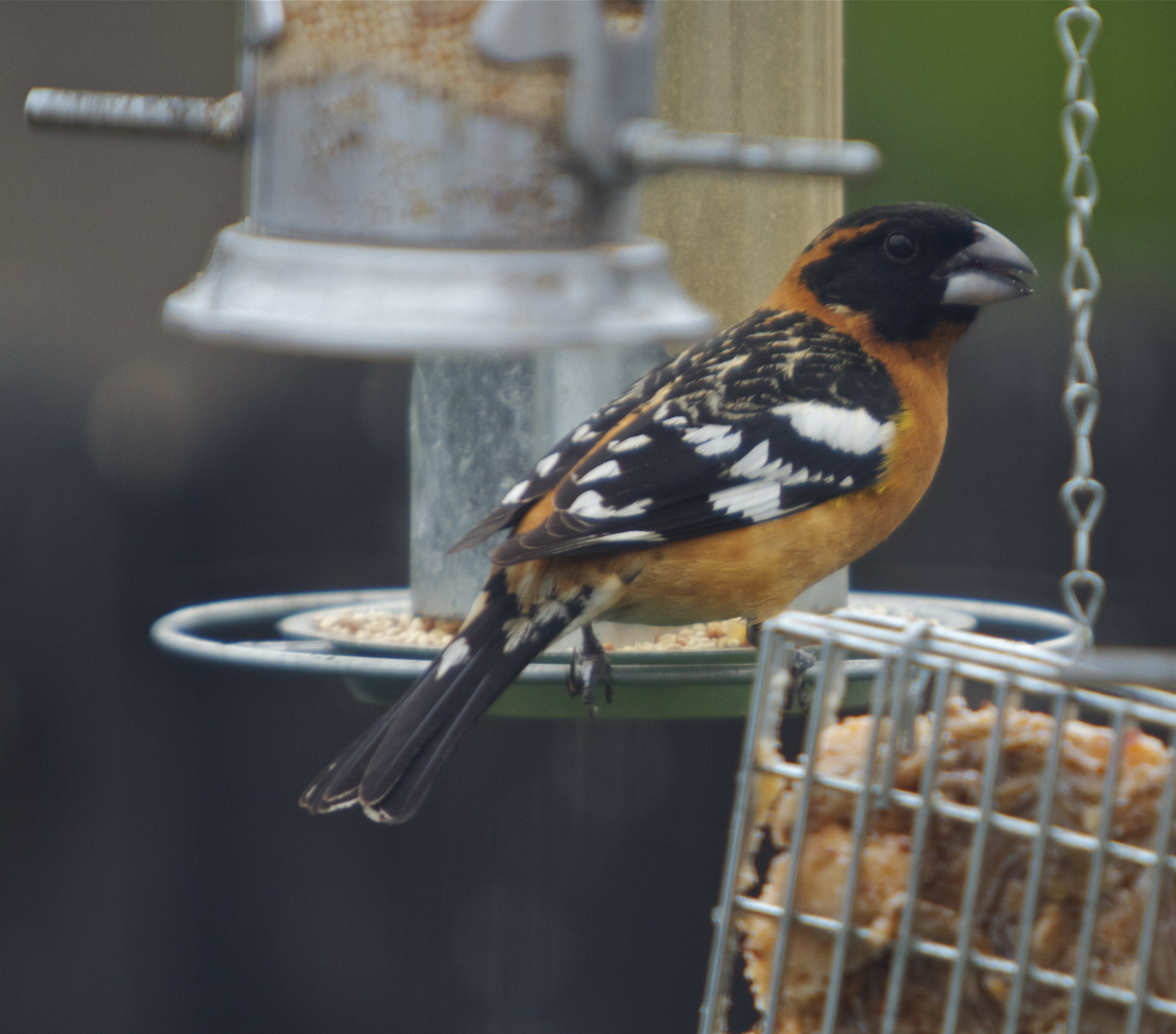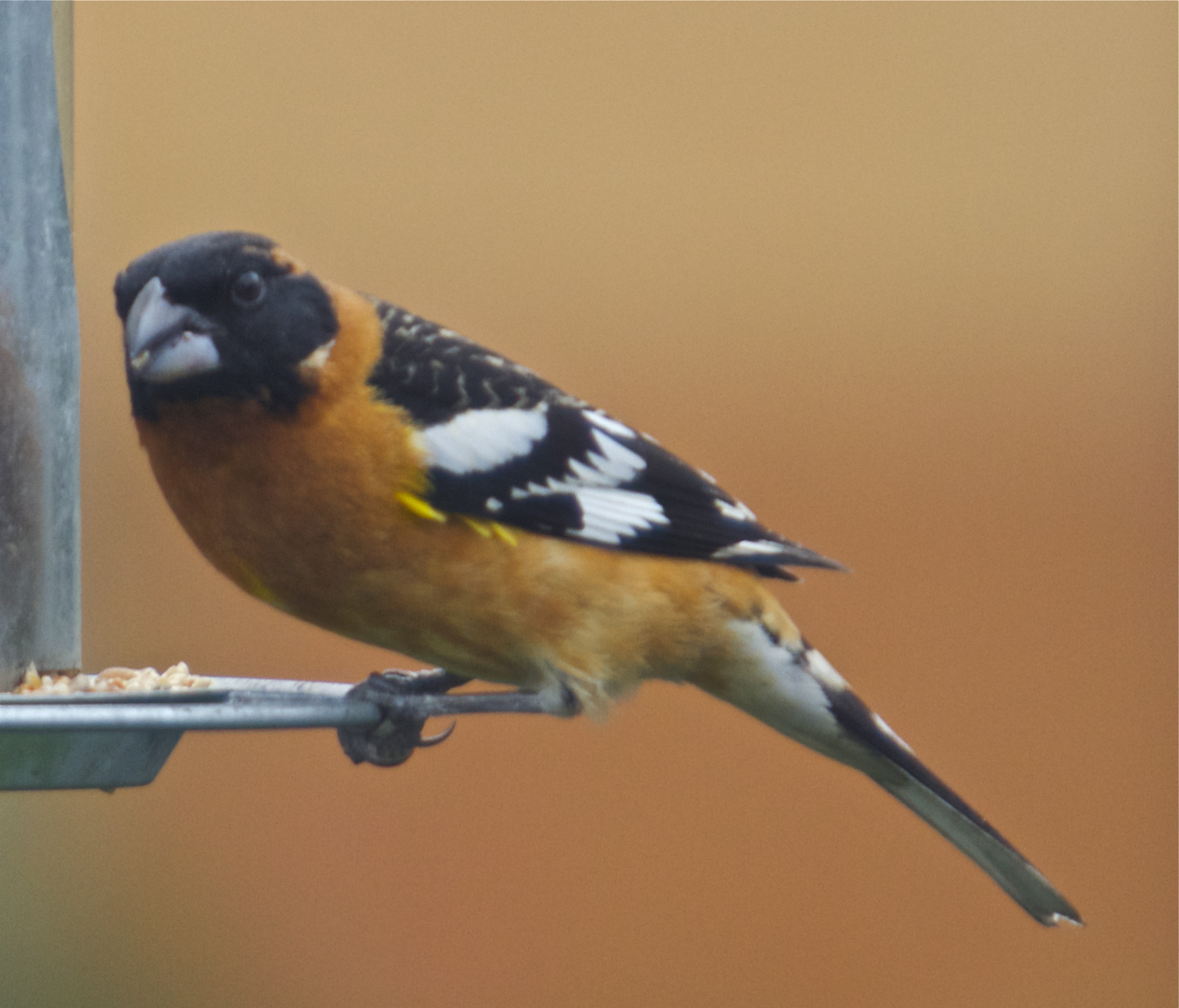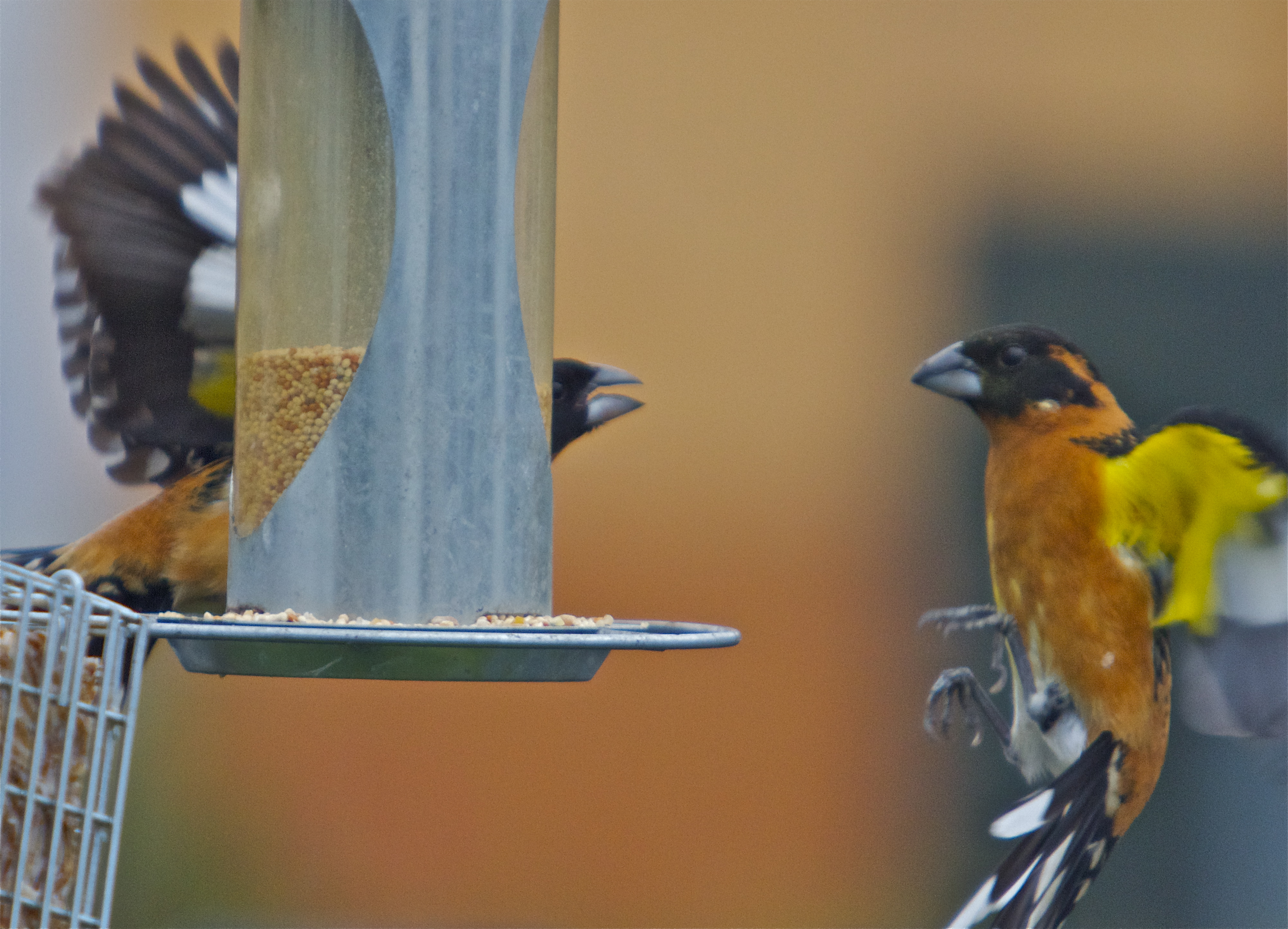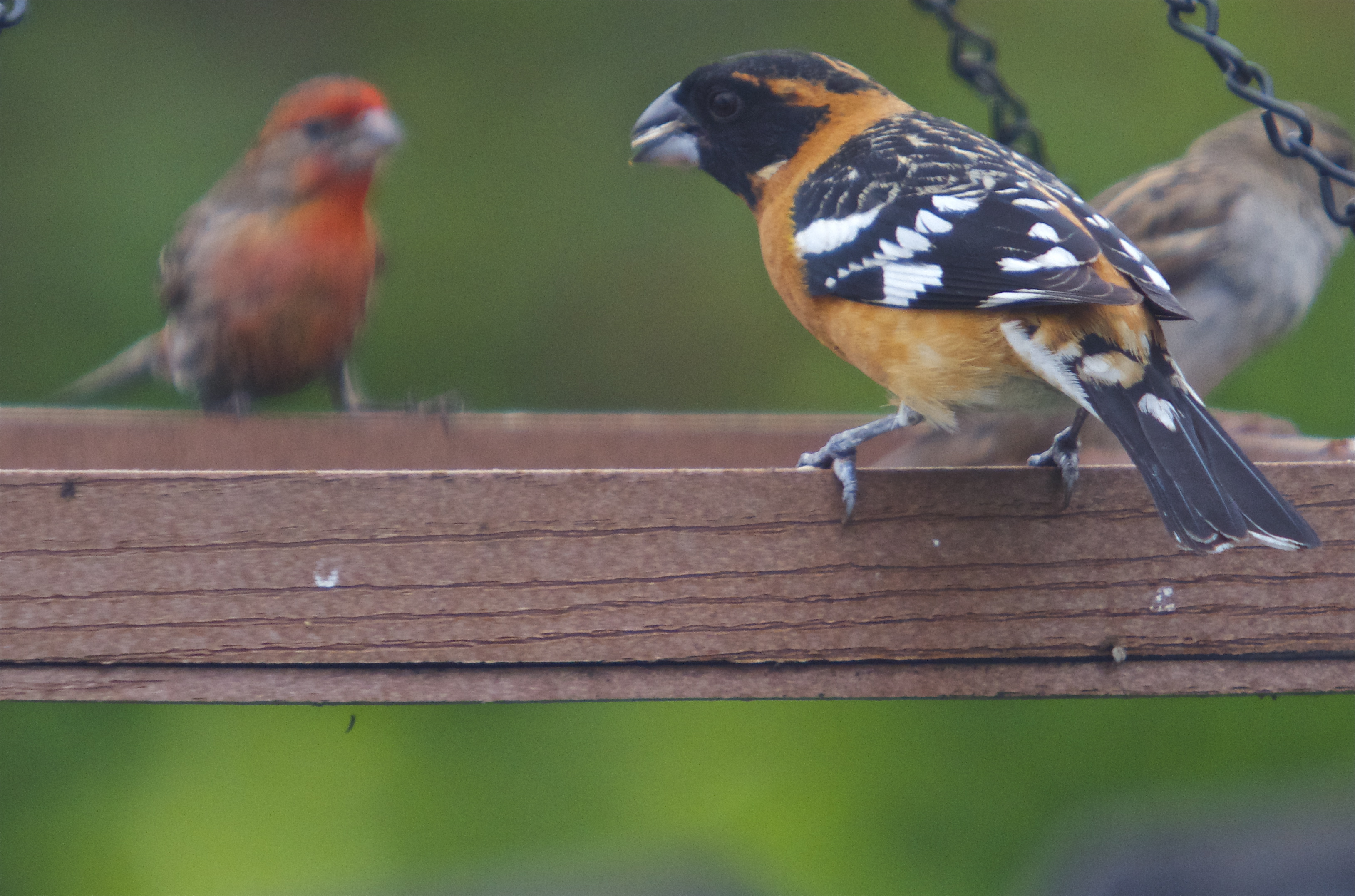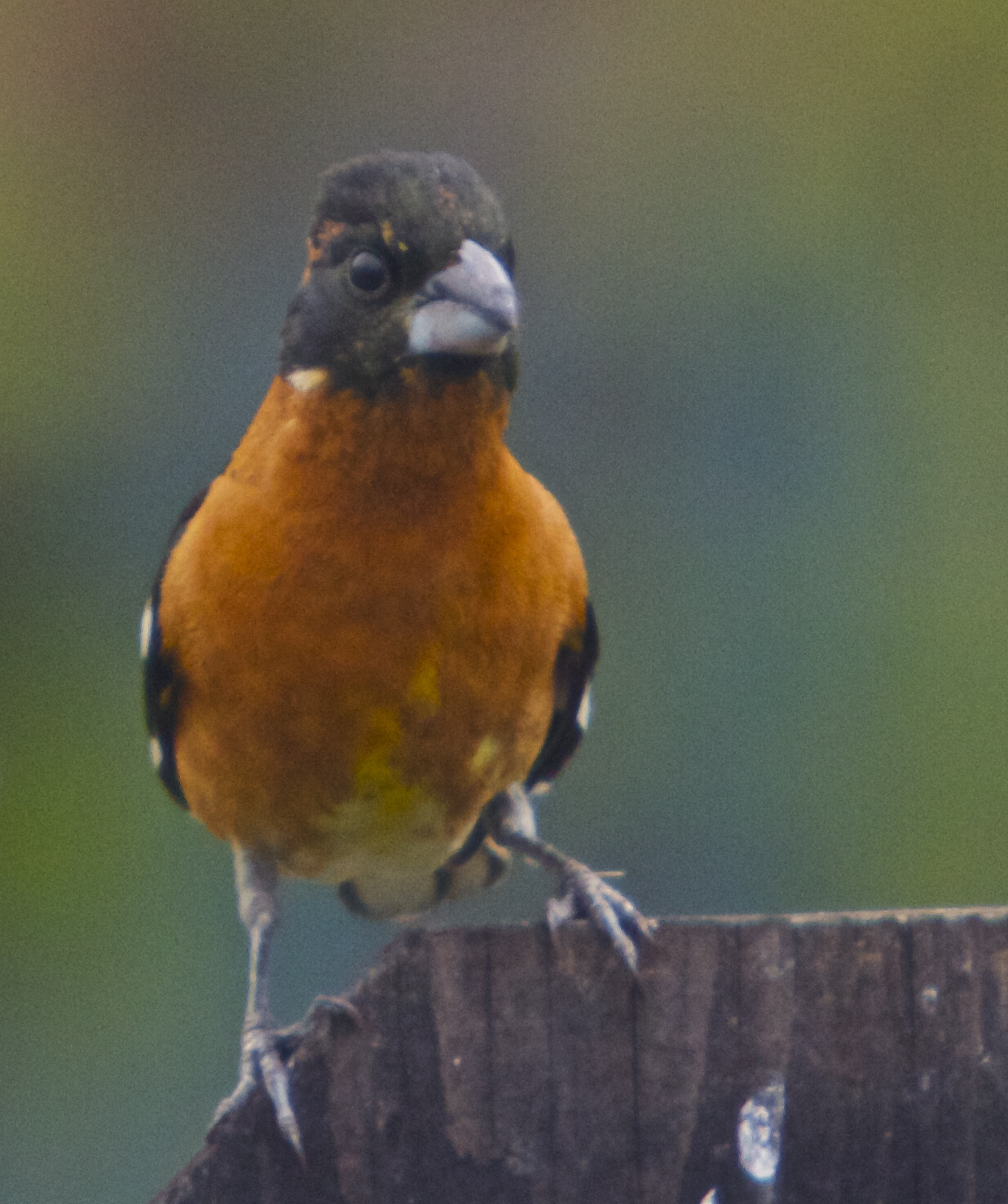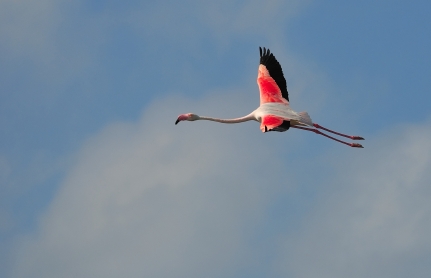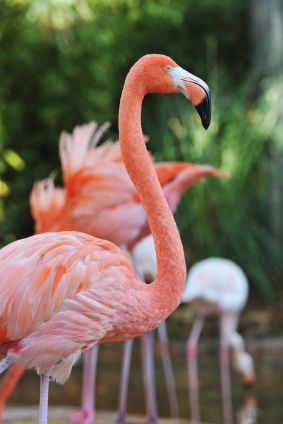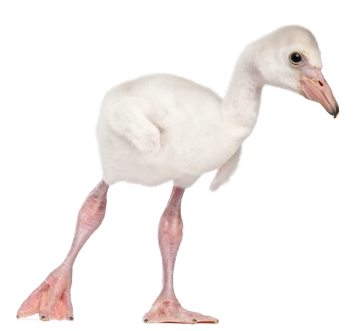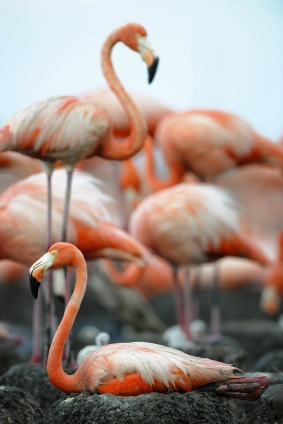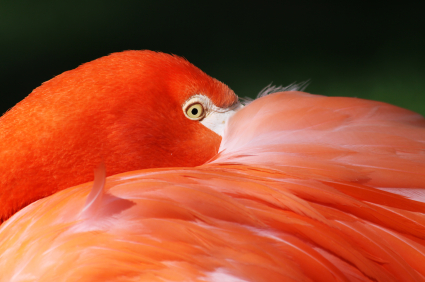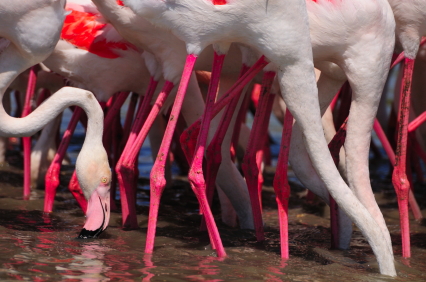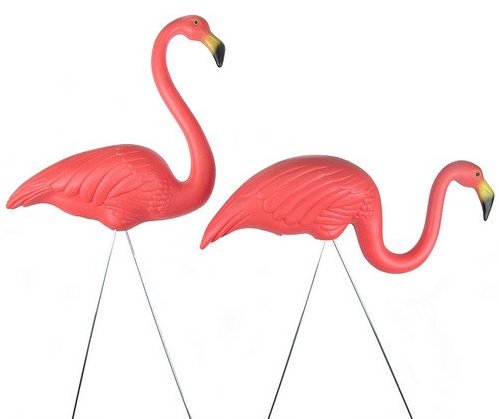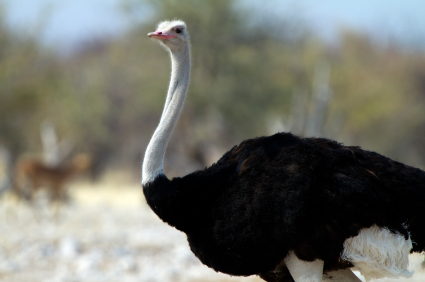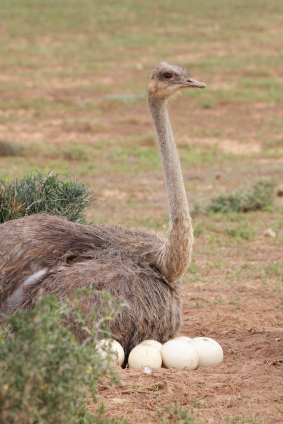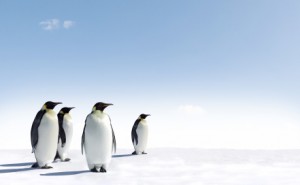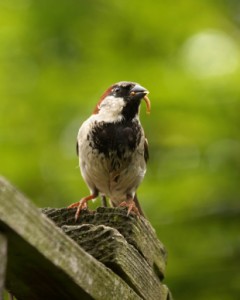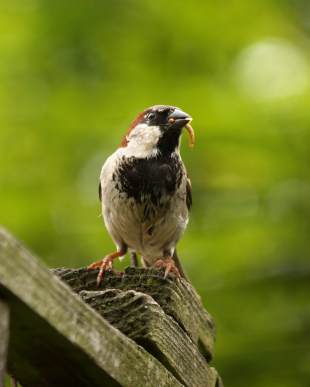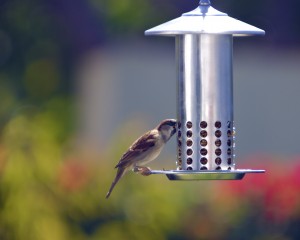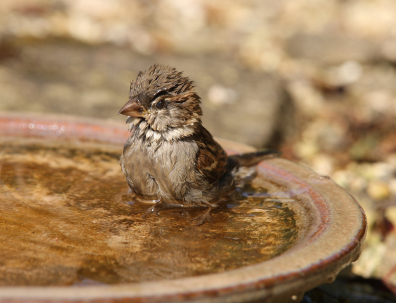Since February’s Beak of the Weeks celebrated some amazing backyard feeder birds in honor of National Bird Feeding Month, I thought I would highlight a foreign feathered friend this week. However, as luck would have it, within three days, I experienced a relatively local bird in two distinct, but very much related communities. It is with great excitement that I share my happenings with you, as I introduce the California Condor…
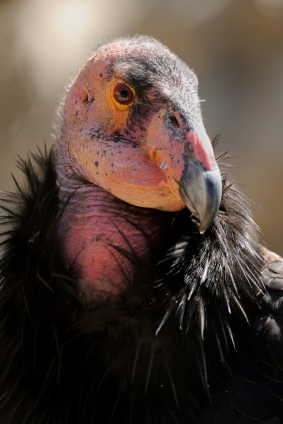
- A California Condor (Gymnogyps californianus)
As some of you may know, the California Condor was on the verge of extinction by the 1980s on account of lead poisoning, habitat loss, and poaching. In fact, by 1982 only 22 birds remained alive and intervention was necessary for the survival of the species. Fortunately, with successful conservation programs, almost four hundred birds are alive today…
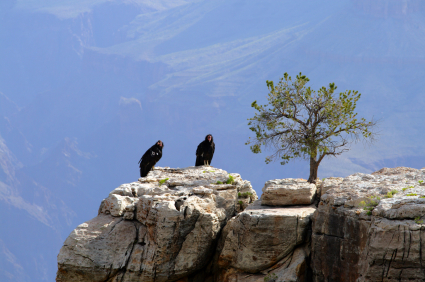
- California Condors at the Grand Canyon
On Tuesday morning, at approximately 4:30am, Danielle and I woke up, put on our birding gear and headed to Frazier National Park in Maricopa County. There, despite taking directions involving “a tree and a port-a-potty” from a hilarious, displaced Englishman, we met up with Richard Crossley (An revolutionary field guide writer and author of The Crossley ID Guide) and Wes Fritz (Excellent Birding Guide specializing in Central and Southern California) and went in search of several birds, with a particular interest in the California Condor!
As almost all birding outings go, sound positioning, perfect timing and a whole-lot-of luck are necessary to catch a glimpse of these large vultures. We were told that, under the right conditions, we would be able to see the Condor’s fly at approximately 9:00am by the “second sign on the long and windy road.” Hmmmm… another reliable set of reliable directions? We shall see. Luckily, with Wes’ familiarity with the region and expertise, he guided us to success. Though still quite distant from view, even with an amazing pair of bins, it is not difficult to be in awe of these birds. Not only is their nine-foot wingspan unbelievable, but their survival story is one to be celebrated…
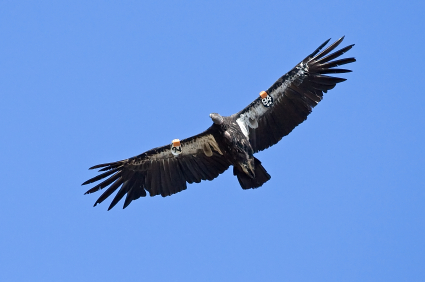
- “Some time ago I was in a museum in Los Angeles and there, in several large drawers, I saw numerous skins of the California condor. It was dreadful to realize that here, in front of me, carefully preserved, lay more California condors than actually existed in the wild. The great ecosystems are like complex tapestries – a million complicated threads, interwoven, make up the whole picture. Nature can cope with small rents in the fabric; it can even, after a time, cope with major disasters like floods, fires, and earthquakes. What nature cannot cope with is the steady undermining of its fabric by the activities of man.” – Gerald Durrell, British author and naturalist Gerald Durrell is the founder and Honorary Director of the Jersey Wildlife Preservation Trust
On Thursday, my morning began quite similarly. I woke up at 4:30 am, packed the car and headed south on a two-hour journey to San Diego for the Avicultural Society of America conference. In addition to meeting several passionate bird lovers, I had the opportunity to connect with a longtime family friend, Frank Todd. In addition to being a published author, an enthusiastic behaviorist, and as close to a walking encyclopedia about birds as one can get, Frank also happened to work as the curator for the Los Angeles Zoo when TopaTopa arrived—the first California Condor in captivity and the father of the new generation of Condors…

- Ornithologist Frank Todd
At this moment, my experience came full circle. The very birds we, as birders, were admiring, photographing, and documenting on Tuesday were triumphs of understanding, practice, time, and energy by conservation teams. Though such different fields of study, these two worlds are highly dependent on one another. Birding is much greater than seeing birds. It’s about understanding them, observing them, appreciating them and ultimately acquiring insight about our own interaction with them and with nature.
Common Name: California Condor
Latin Name: Gymnogyps californianus
Range: Today, the range of the California Condor is limited to parts of Arizona, California, and Utah.
Habitat: Mountainous regions, Coniferous forests, and Savannahs. Often found by cliff sides.
Diet: Carrion of mostly large animals, including cattle and deer.
Conservation Status: Critically Endangered.
Visit http://cacondorconservation.org/ for more information about California Condors and conservation efforts.
Happy Birding!
Michelle
P.S. Many thanks to Richard and Wes for an AMAZING day! And, Richard, we hope your trip to California means that we’re one step closer to enjoying The Western Crossley ID Guide, because Danielle and I (and SO many others) cannot wait!!!












